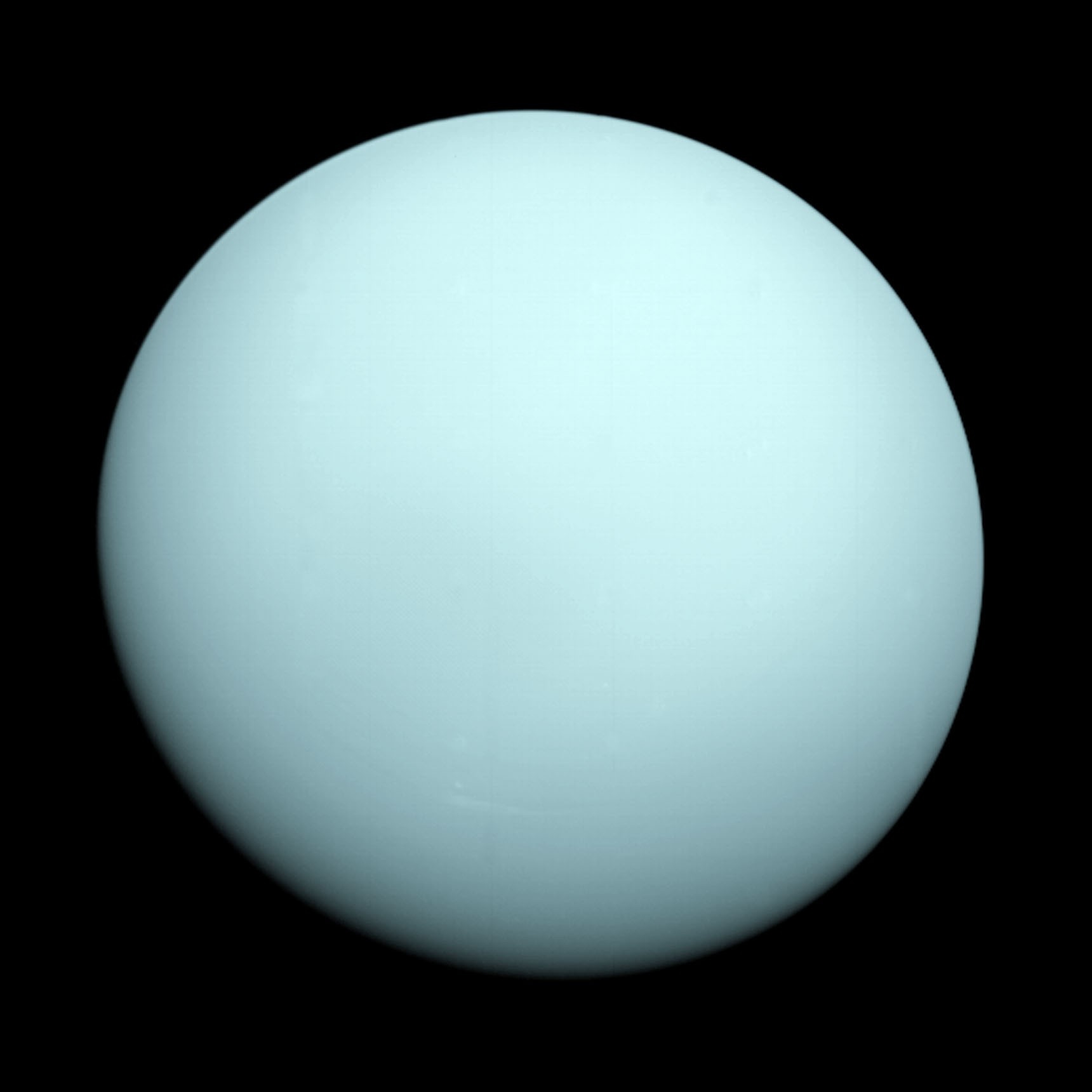Video: 'Uranus 101 | National Geographic'
(Tuesday, March 13, 1781) — German-born British astronomer William Herschel today discovered Uranus, the seventh planet from the sun.
Like the classical planets, Uranus is visible to the naked eye, but it was never recognized as a planet by ancient observers because of its dimness and slow orbit. Using a telescope, Herschel was able to distinguish Uranus as a planet, not a star, as previous astronomers believed.
Uranus has the third-largest planetary radius and fourth-largest planetary mass in the Solar System.
It is similar in composition to Neptune, and both have bulk chemical compositions which differ from that of the larger gas giants Jupiter and Saturn. For this reason, scientists often classify Uranus and Neptune as “ice giants” to distinguish them from the other gas giants.
Uranus’s atmosphere is similar to Jupiter’s and Saturn’s in its primary composition of hydrogen and helium, but it contains more “ices” such as water, ammonia, and methane, along with traces of other hydrocarbons.
It has the coldest planetary atmosphere in the Solar System, with a minimum temperature of 49 K (-224 °C; -371 °F), and has a complex, layered cloud structure with water thought to make up the lowest clouds and methane the uppermost layer of clouds. The interior of Uranus is mainly composed of ices and rock.

